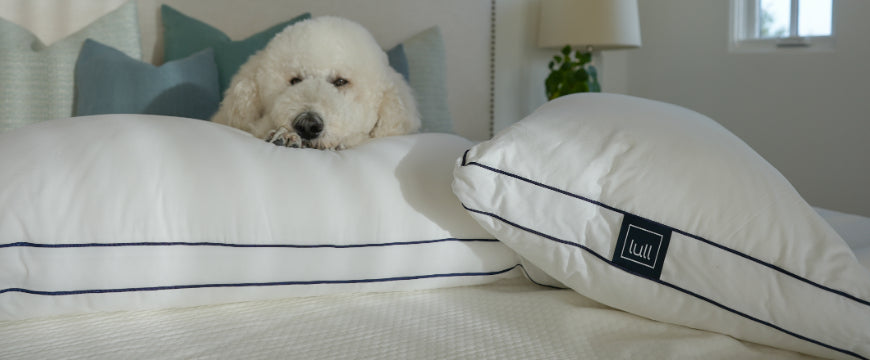Need new pillows and are curious about how to choose the right pillow?
You came to the right place, to start what’s in a pillow? Literally speaking, it’s usually down or foam. Figuratively, pillows are an investment that’ll shape how your head and neck feel during and after sleep. Even though they take up much less bedroom real estate than your mattress, they’re supporting the most important part of your body.That’s why it’s important to be sleeping with the right pillows for your sleeping position and overall comfort.
It’s commonly recommended that regular pillows be replaced every 18 months with memory foam mattresses holding out for around 3 years. And with the right pillows, of course -- sleeping on the wrong pillows can fail to ease your neck tension and headaches, or even worse, exacerbate them.Here are some signs you may not be sleeping with the right pillow:
-
It’s old and deflated.
-
Your posture just doesn’t feel right when you lay on it as opposed to a fresher pillow.
-
The pillow’s just in bad condition in general.
